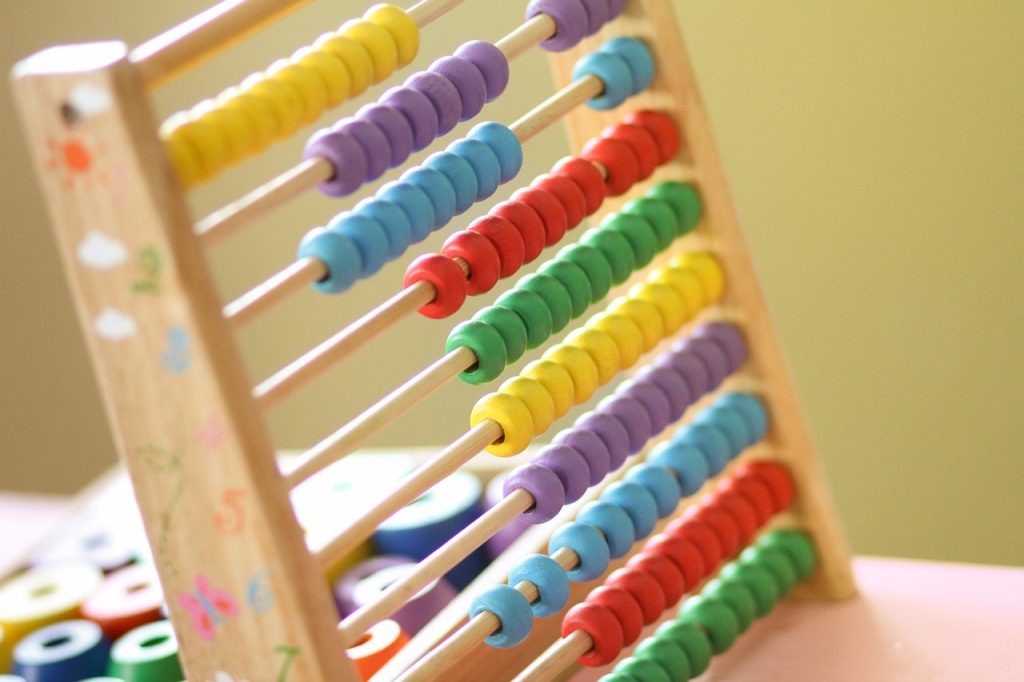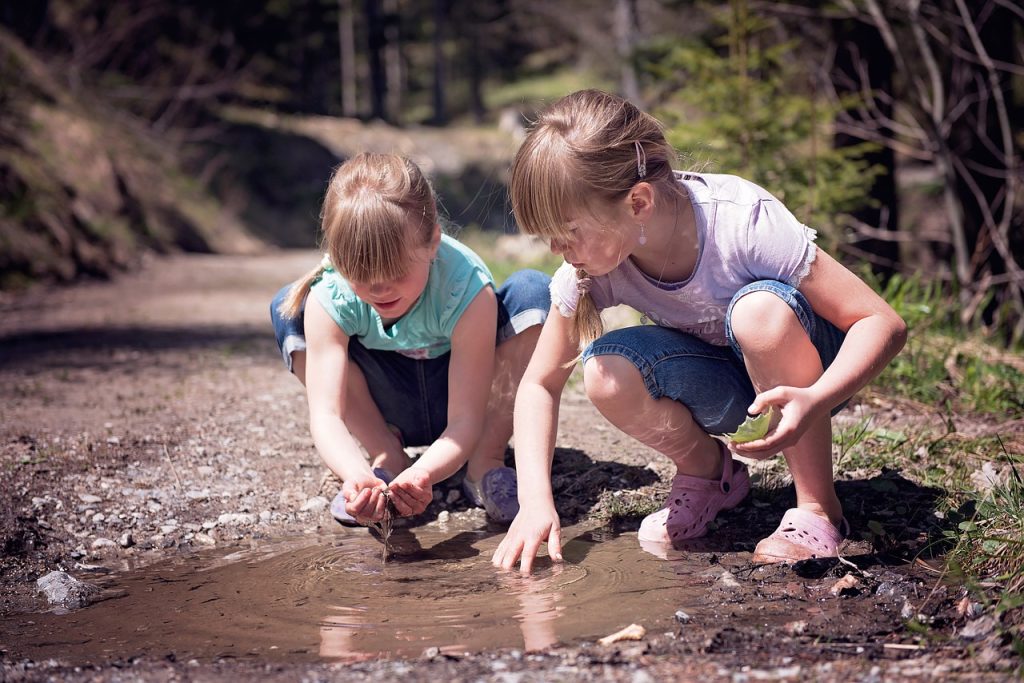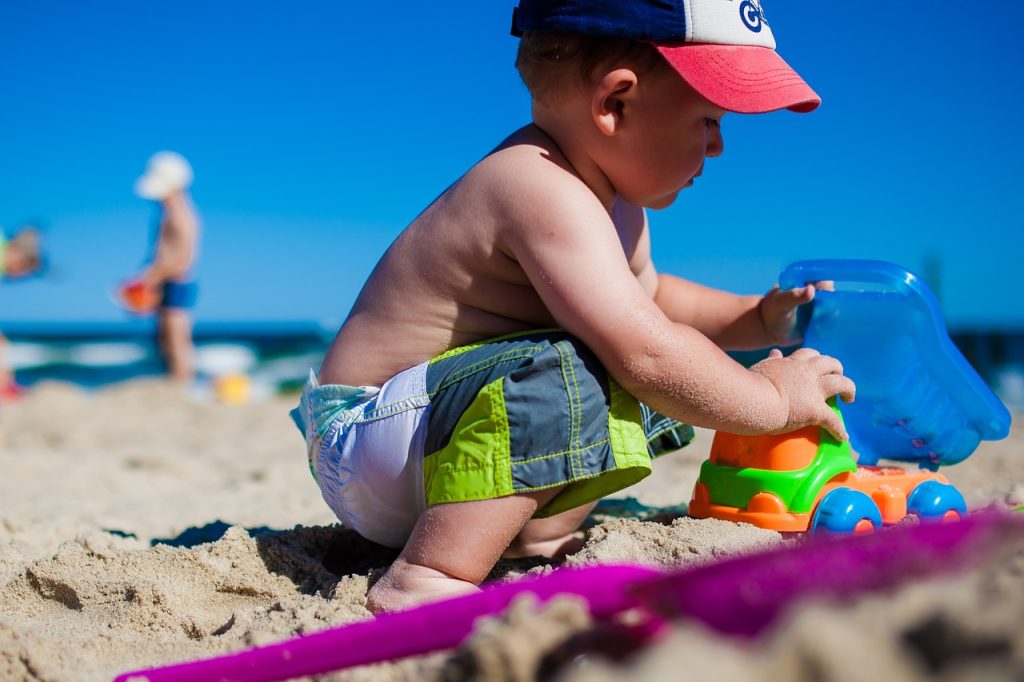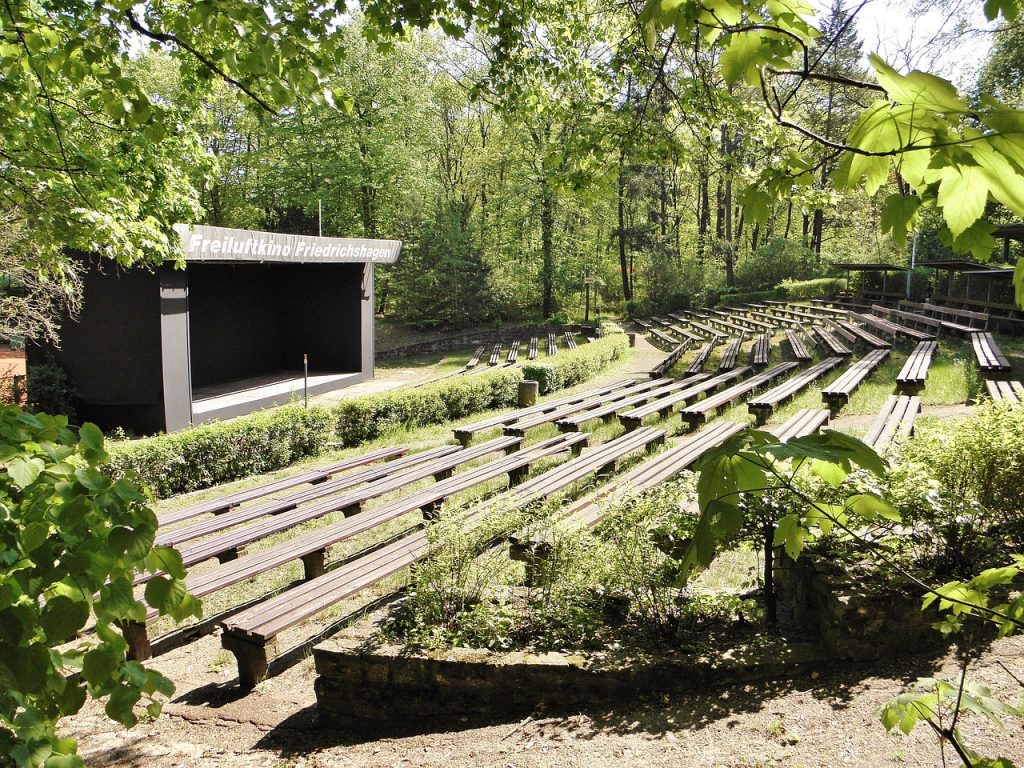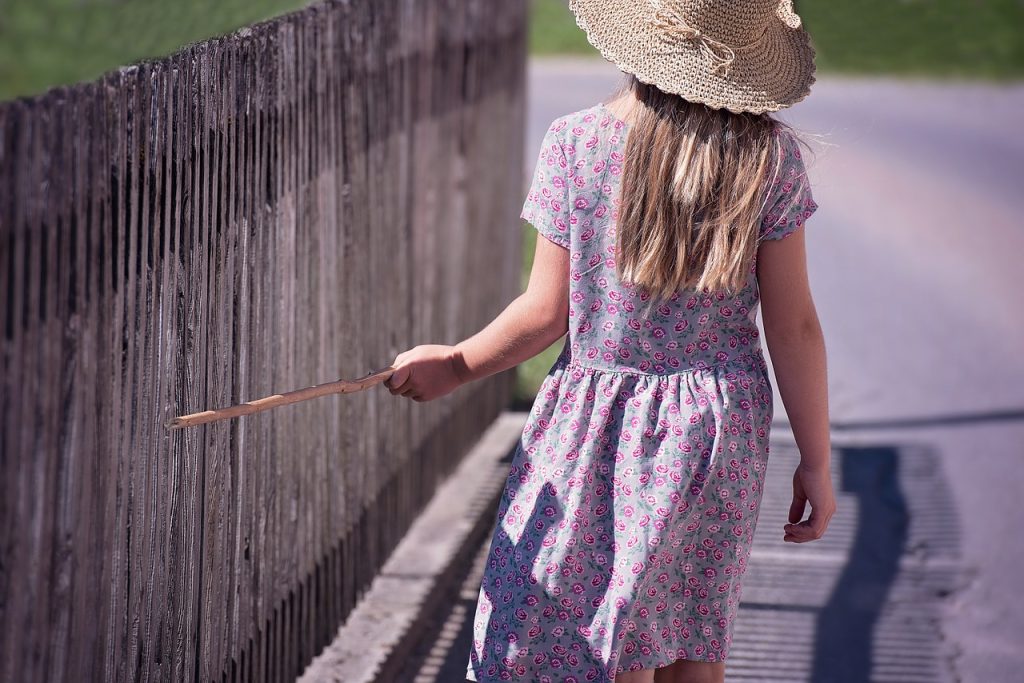Do you want to improve your CV and get ahead in your career? Courses can be a fantastic way to do this or simply to explore new subjects but there’s a bewildering array out there. Here’s how to narrow it down.
What do you want the course to do?
If you’re hoping that it will lead to a new career you need to make sure that the course is recognised by potential employers. If you just want a bit more information then accreditation and recognition is less important but you still want to be confident that the course content is accurate. Deals through sites like Wowcher and Groupon may look great but they don’t lead to recognised qualifications and you may end up paying money, and putting time in, for nothing.



